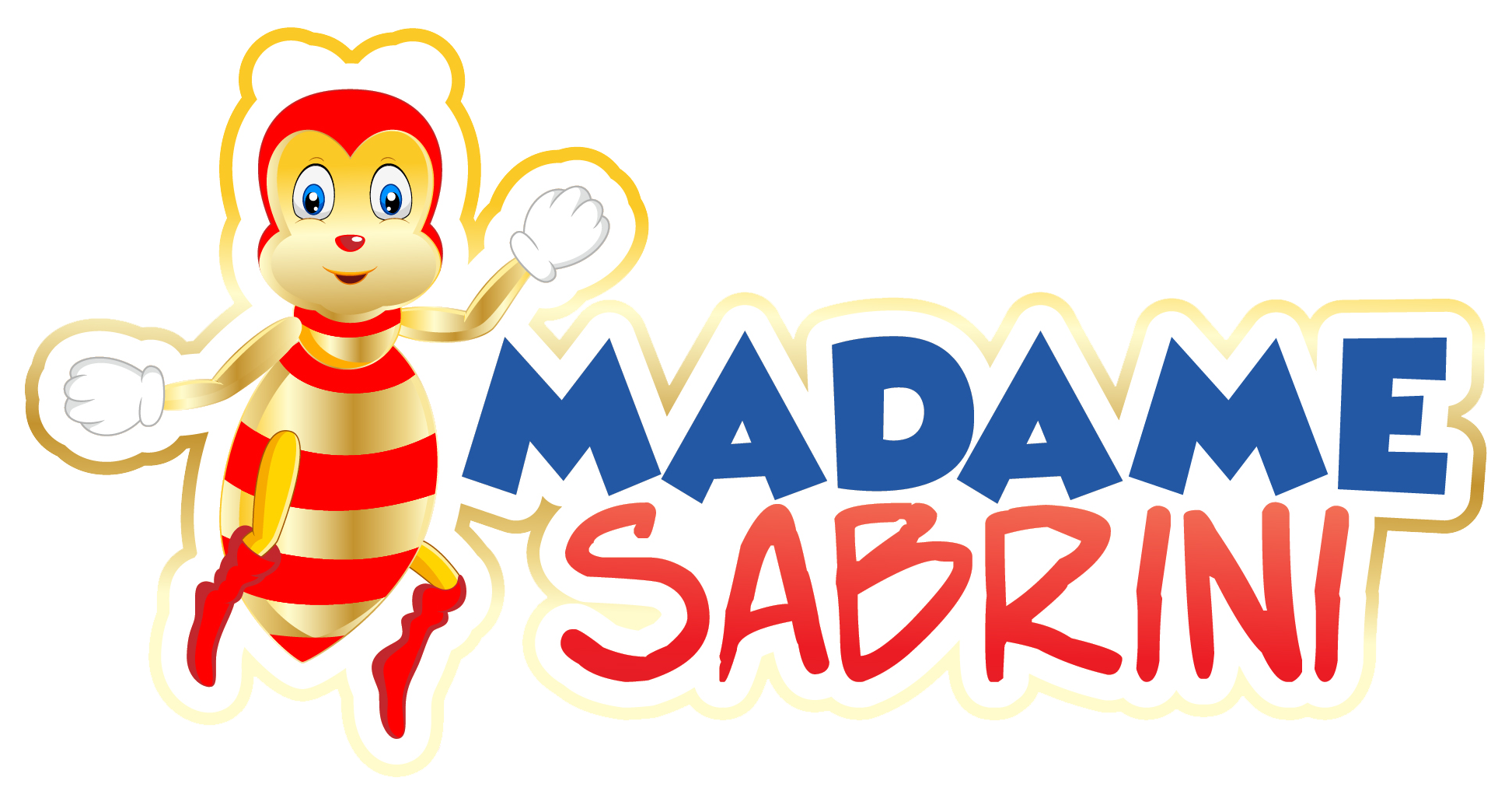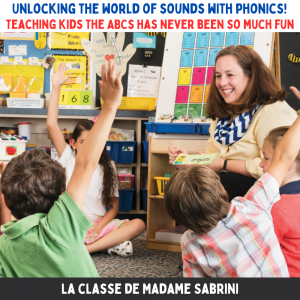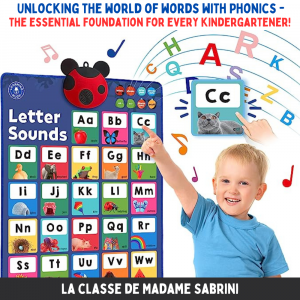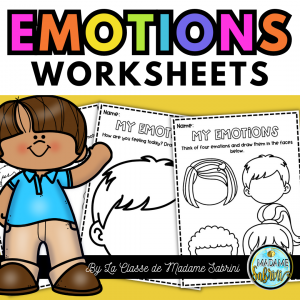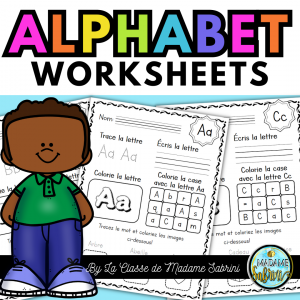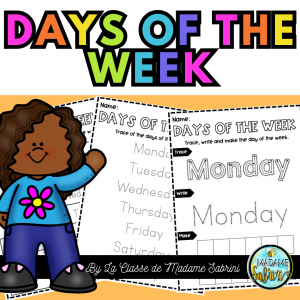
Phonics
As a kindergarten teacher, one of your primary responsibilities is teaching young children how to read. Phonics is an essential aspect of this process, as it provides students with the skills necessary to recognize and sound out words on their own. While teaching phonics may seem like a daunting task, there are several effective methods and approaches that you can utilize to make the process fun and engaging for your students.
Hot in the Shop

ALL WE'RE MISSING IS YOU!
Join us over on instagram for even more great resources, ideas, and teaching tips for kindergarten and early elementary teachers!
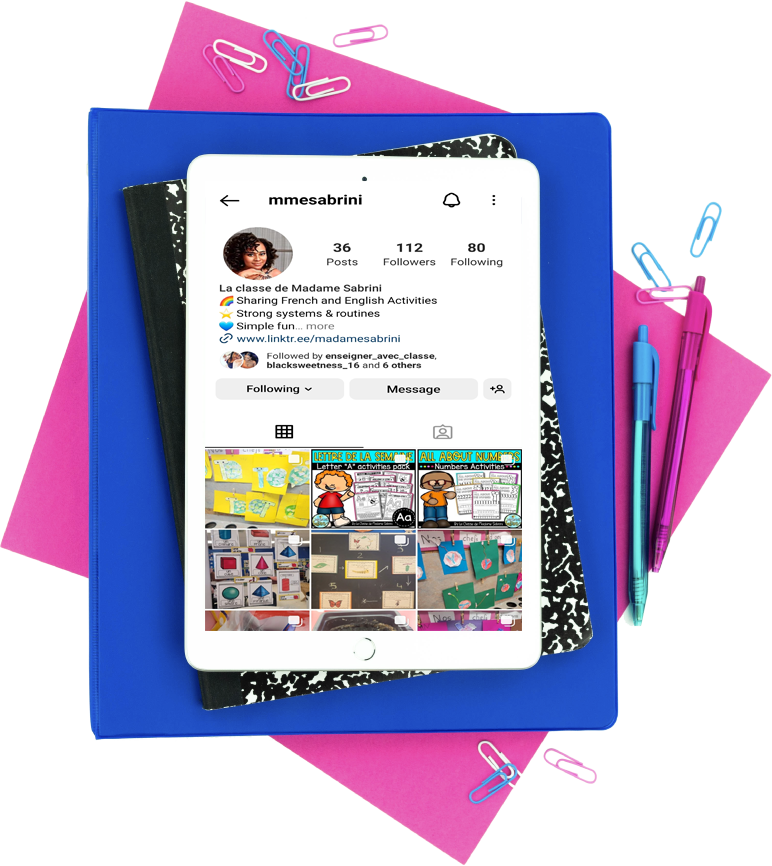
Welcome Friends!
My name is sabrini and I am the face behind La classe de madame sabrini. In my classroom, I love to make learning fun and engaging through hands-on activities and games. My goal is to help students develop a love for language and learning that will last a lifetime

